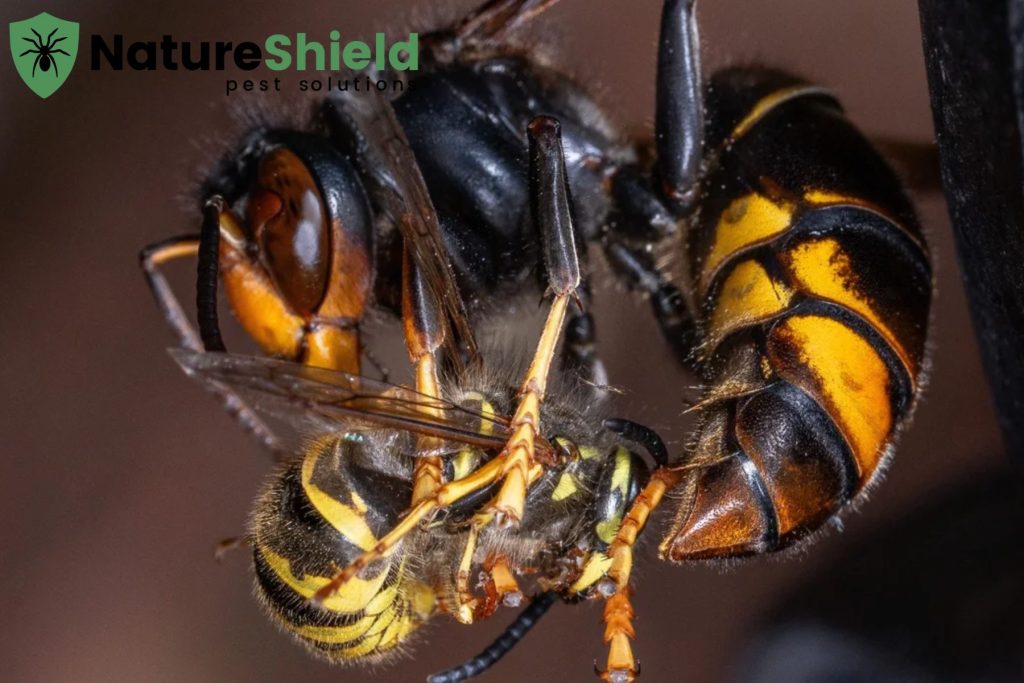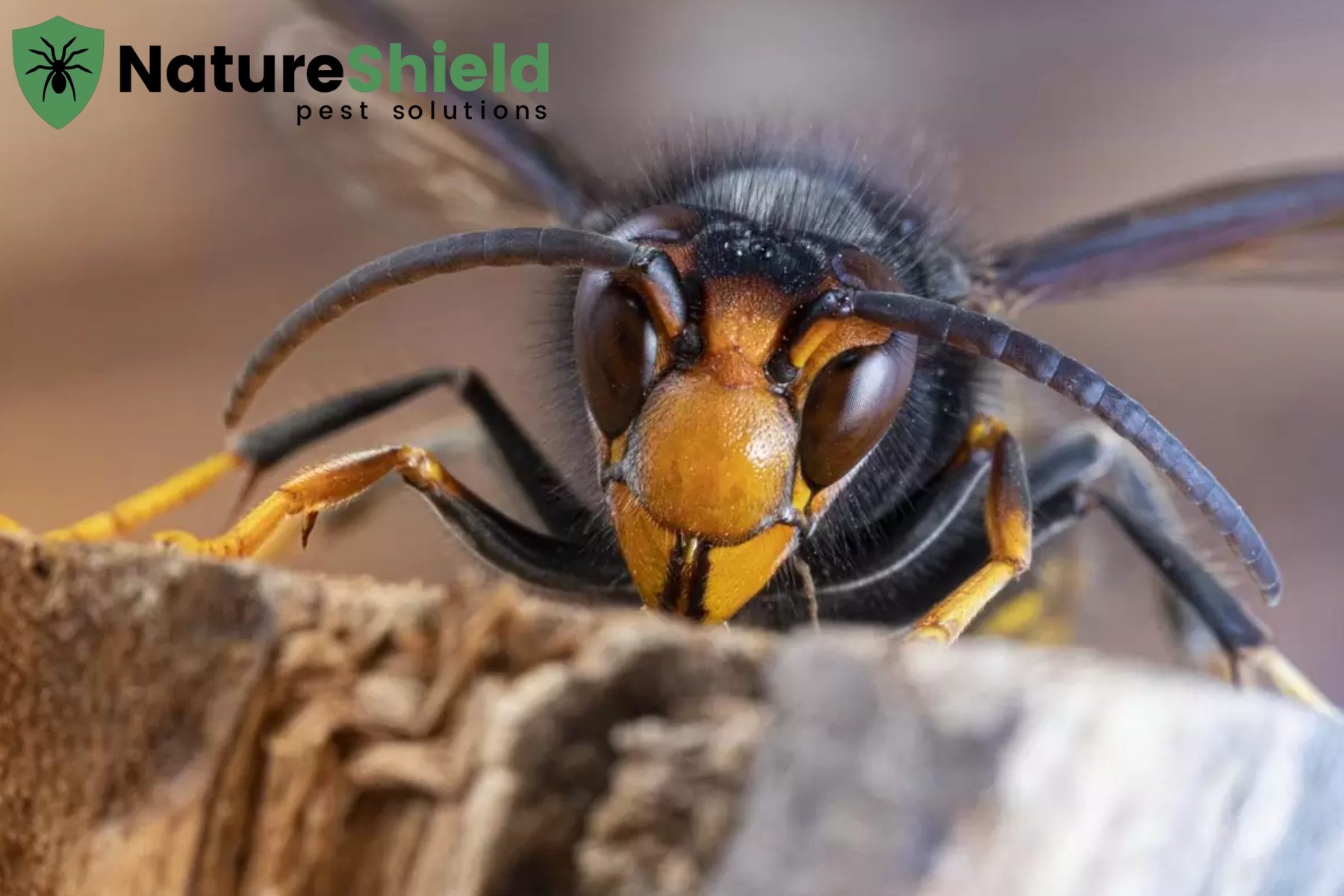Protecting Your Garden: How to Attract Hornet Queens Without Harming Pollinators
If you’re a gardener in Springfield, you’ve probably encountered hornets buzzing around your backyard. While these pests are annoying, the real threat comes from the queen hornet. If left unchecked, the queen can start a colony that quickly becomes a major problem. But what if you could attract queen hornets early on and remove them, without harming your precious pollinators like bees? If you’re wondering what is the best bait for queen hornets, you’re in the right place! Fortunately, it’s possible to deal with hornet queens in a safe and eco-friendly way, even in neighborhoods like Rountree or near Kickapoo High School, while keeping your garden’s ecosystem intact. In this post, we’ll guide you on how to attract queen hornets safely with the best baits and practices.
Understanding Hornet Queens and Why You Need to Attract Them
What Are Hornet Queens and Why Are They a Problem?
Queen hornets are the founders of a hornet colony. During spring, they start looking for a suitable nesting spot, and if they settle near your home, they can cause significant damage. Not only do they build large, aggressive colonies, but their presence can make your garden and outdoor spaces uncomfortable for both humans and pets. It’s important to note the differences between a wasp vs hornet nest, while both can be problematic, hornet nests are typically larger, more aggressive, and more dangerous. Early intervention is essential in preventing the spread of their nests. If you can attract and deal with the queen early, you’ll save yourself from a more serious infestation later in the year.
The Importance of Early Intervention
Removing the queen hornet early, before she can build her colony, is crucial to managing the problem. A queen hornet can lay hundreds of eggs, leading to a large nest full of aggressive workers. Catching her early ensures that you won’t face a bigger infestation and the sting risk later on. Plus, it makes your outdoor spaces safer for your family, pets, and other wildlife, including essential pollinators like bees.
The Best Bait for Attracting Queen Hornets in Springfield Gardens
What Works Best in Flowering Bushes and Gardens?
If you live in Springfield, especially in neighborhoods with lots of flowering bushes like Rountree, you know how tempting these areas are for hornets. Flowering bushes, fruit trees, and even vegetable gardens are prime attractions for hornets seeking food.
- Sugar-Based Bait: Hornets are naturally attracted to sweet substances. You can use fruit juice, sugary syrups, or even jam to lure them in. Sweet baits are especially effective for the worker hornets, but they can also attract queens looking for a sugar fix.
- Protein-Based Bait: If you’re after the queen hornet specifically, a protein-rich bait like fish, tuna, or pieces of meat can be more effective. Protein is essential for queens, especially as they prepare to build their nests.
Natural and Effective Bait Options
One of the best ways to attract queen hornets is to combine sugar-based and protein-based baits. A mixture of honey and tuna is often a winning combo, offering both sweetness and protein to draw hornets in. You can experiment with different combinations to see which works best in your backyard.
Safe Hornet Bait for Rountree Gardens Without Harming Bees
Protecting Pollinators in Bee-Friendly Gardens
In neighborhoods like Rountree, where gardens are often bursting with flowers, it’s especially important to protect pollinators like bees. Bees play a critical role in your garden’s health, and you don’t want your efforts to attract hornet queens to harm them.
- Protein-Based Baits: While sweet baits attract hornets, they can also attract bees. Protein-based baits like meat or fish are a safer alternative because they are less likely to draw in bees.
- Sugar-Based Baits: If you decide to use sugar-based baits, make sure to place them in areas that are not near your flowering plants or bee hives. A low-sugar solution is another way to reduce the risk of attracting bees.
Location, Location, Location
Where you place your bait is just as important as what you use. In your Rountree garden, make sure to keep the bait stations away from flower beds or anywhere bees are active. The further from the action, the better. Consider placing bait stations under trees or in corners of your garden that bees aren’t frequenting.
Safe and Effective Bait for Hornet Queens in Residential Areas Near Schools, Like Kickapoo High School
The Challenges of Baiting in School Zones
Living near schools, such as Kickapoo High School, presents unique challenges in hornet control. You don’t want to endanger local students, staff, or pets with exposed bait. Using the wrong kind of bait or leaving it unprotected could result in an accidental encounter.
- Enclosed Bait Stations: The safest option for residential areas near schools is to use bait that is enclosed in a container that only hornets can access. This keeps the bait safe from children and pets but still allows hornets to feed.
- Eco-Friendly, Non-Toxic Bait: You can also opt for eco-friendly, non-toxic bait solutions that are safer for the surrounding environment. These options might be a bit gentler, but they still work effectively to lure the hornet queen.
Best Practices for Safe and Targeted Baiting
When you’re baiting near schools, be sure to set up your bait stations during off-hours when the area is less busy. Additionally, place your stations away from commonly used areas, such as playgrounds or pathways where students might be walking.
Additional Tips for Controlling Hornet Queens in Springfield Gardens
How to Monitor Bait Effectiveness
Once you’ve set up your bait stations, check them regularly to monitor activity. You’ll know the bait is working if you start seeing hornets feeding on it. If there’s no activity after a couple of days, it might be time to try a different type of bait or move the station to a more attractive location.
Other Preventative Measures for Hornet Control
Along with baiting, you can take other steps to make your garden less attractive to hornets.
- Remove Food Sources: Keep fruit trees and gardens free of overripe fruit or food scraps that might attract hornets.
- Seal Potential Nesting Sites: If you spot any cracks or holes around your home or garden, seal them to prevent hornets from nesting nearby.
When to Call a Professional
If you’ve tried DIY methods and hornet activity continues to increase, or if you’re unsure how to safely manage a hornet infestation, it’s time to contact a local pest exterminator Springfiled MO expert. Professionals can provide fast, safe, and effective hornet control solutions, ensuring you won’t have to deal with the issue on your own.

Conclusion
Attracting queen hornets to your Springfield garden doesn’t have to harm your pollinators. By carefully selecting and placing your bait, you can effectively manage hornet queens without putting your bees at risk. Whether you live in Rountree, near Kickapoo High School, or another Springfield neighborhood, these strategies will help you protect your home and garden. And remember, if you’re ever unsure or need help with hornet control near me, don’t hesitate to reach out to your local pest exterminator Springfield experts.
Ready to Take Action?
If you’re tired of dealing with hornet queens in your garden or want a professional to help manage your pest issues, contact us for a free consultation. We’re here to help you make your Springfield home and garden safe and hornet-free.
Testimonial
“Nature Shield Pest Solutions did an excellent job! Logan Smith was professional, friendly, and very thorough. He explained everything clearly and made the process easy. The products are safe and effective, and the service was prompt and reliable. Highly recommend!”


